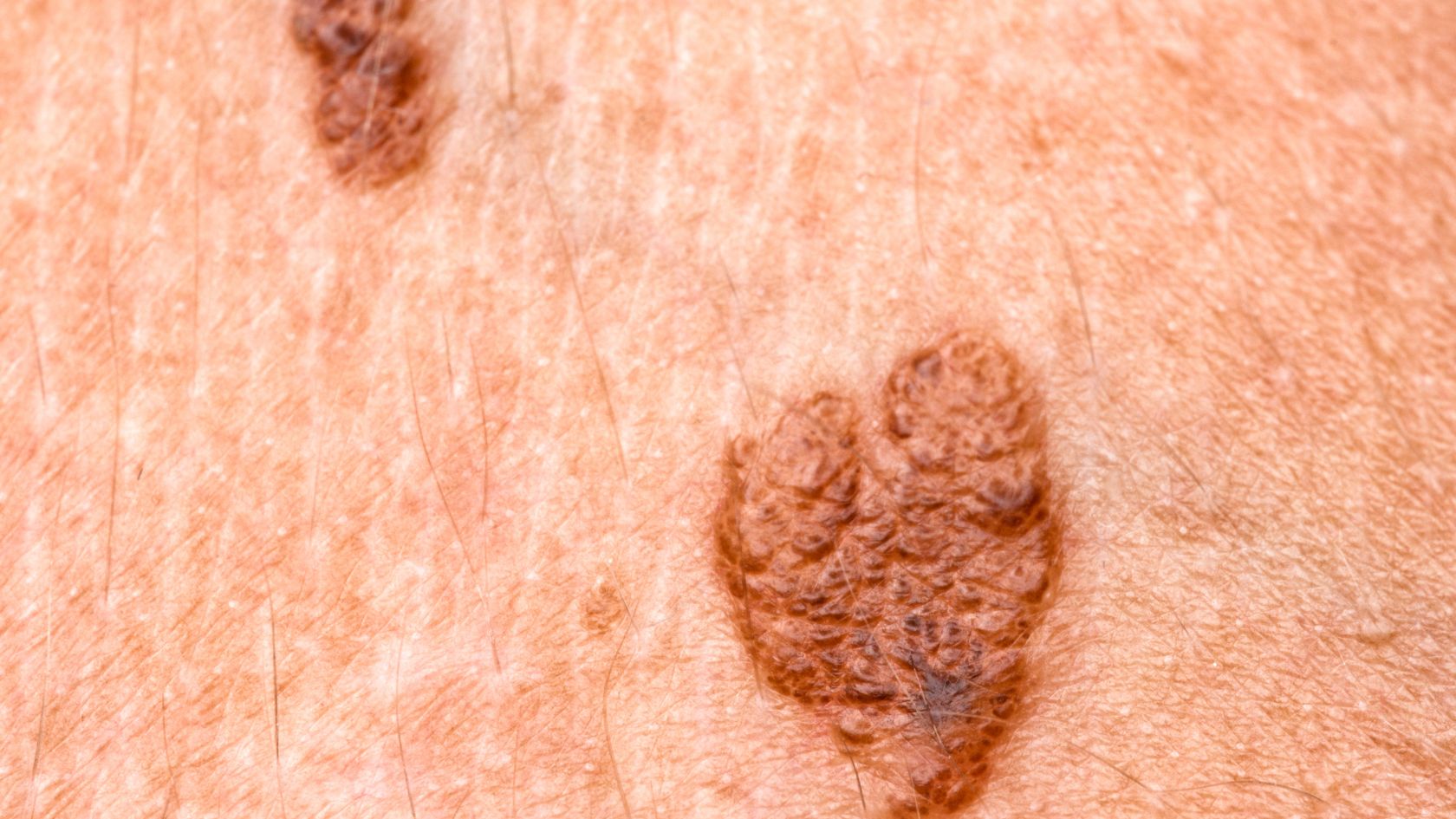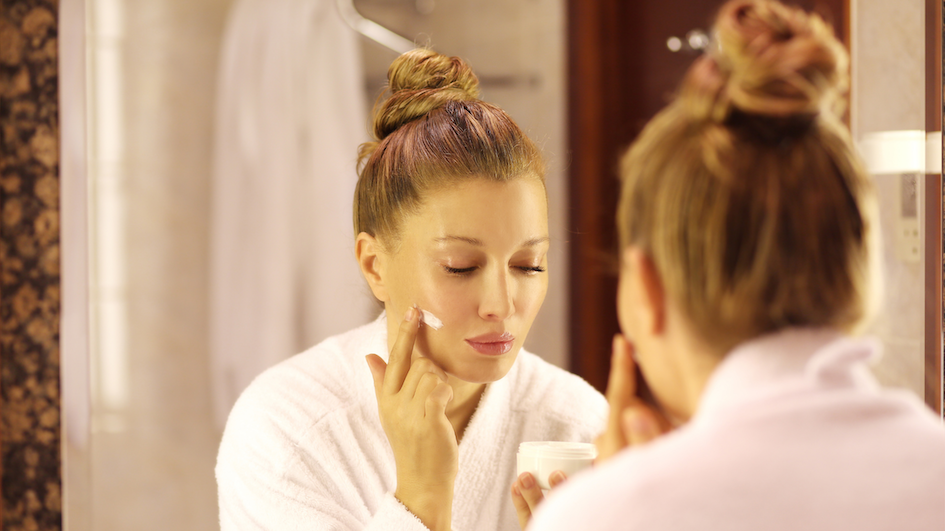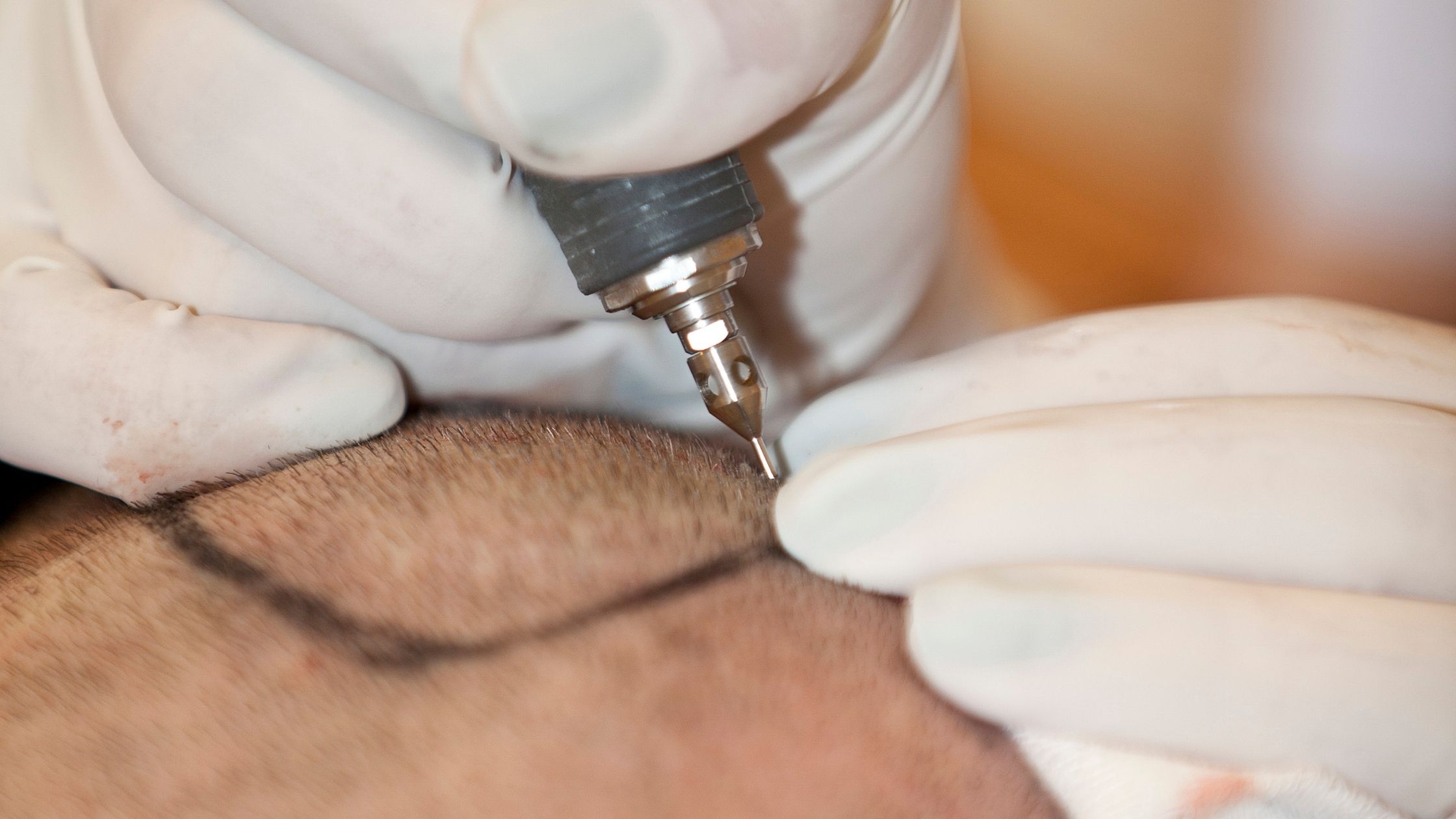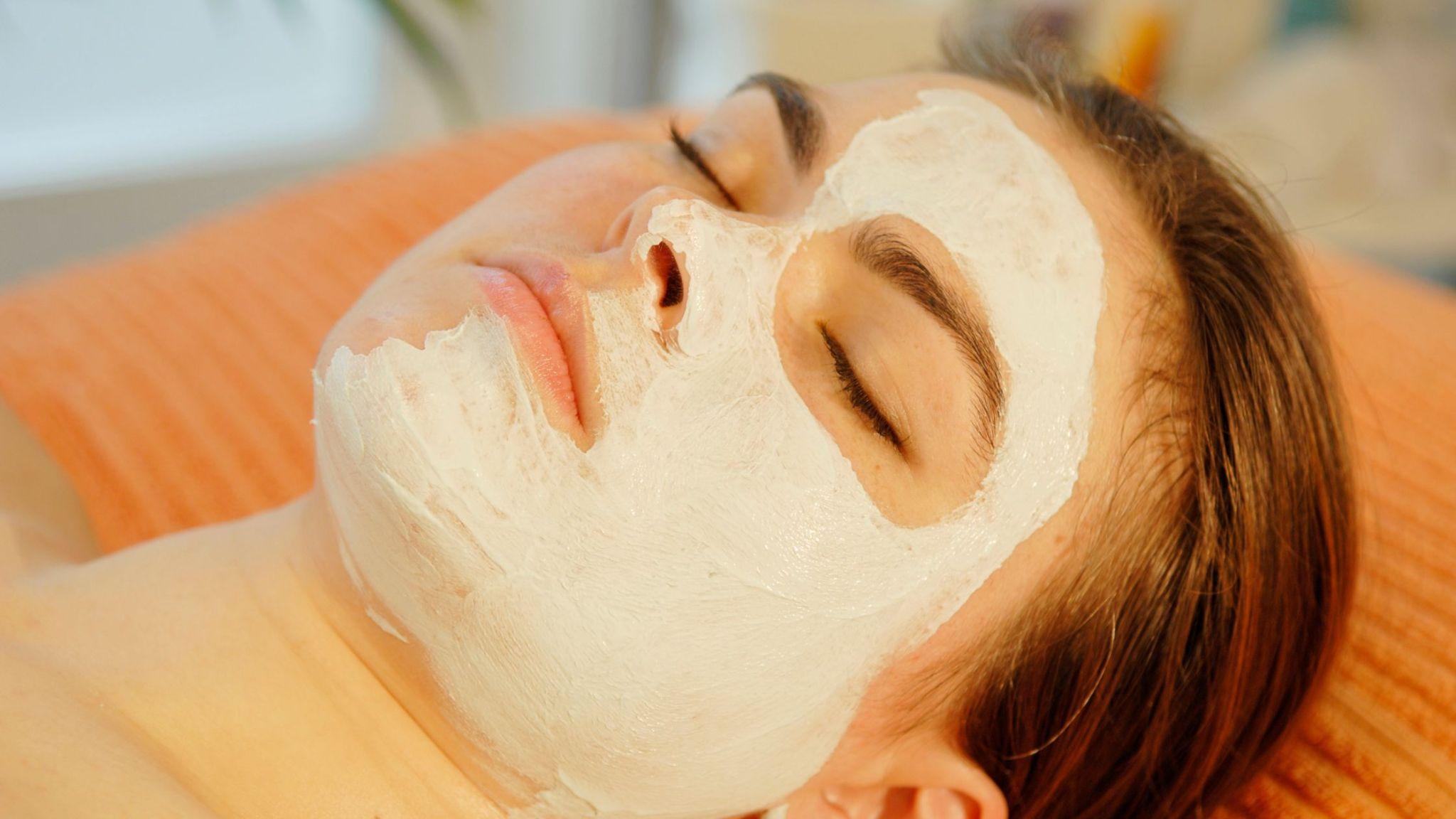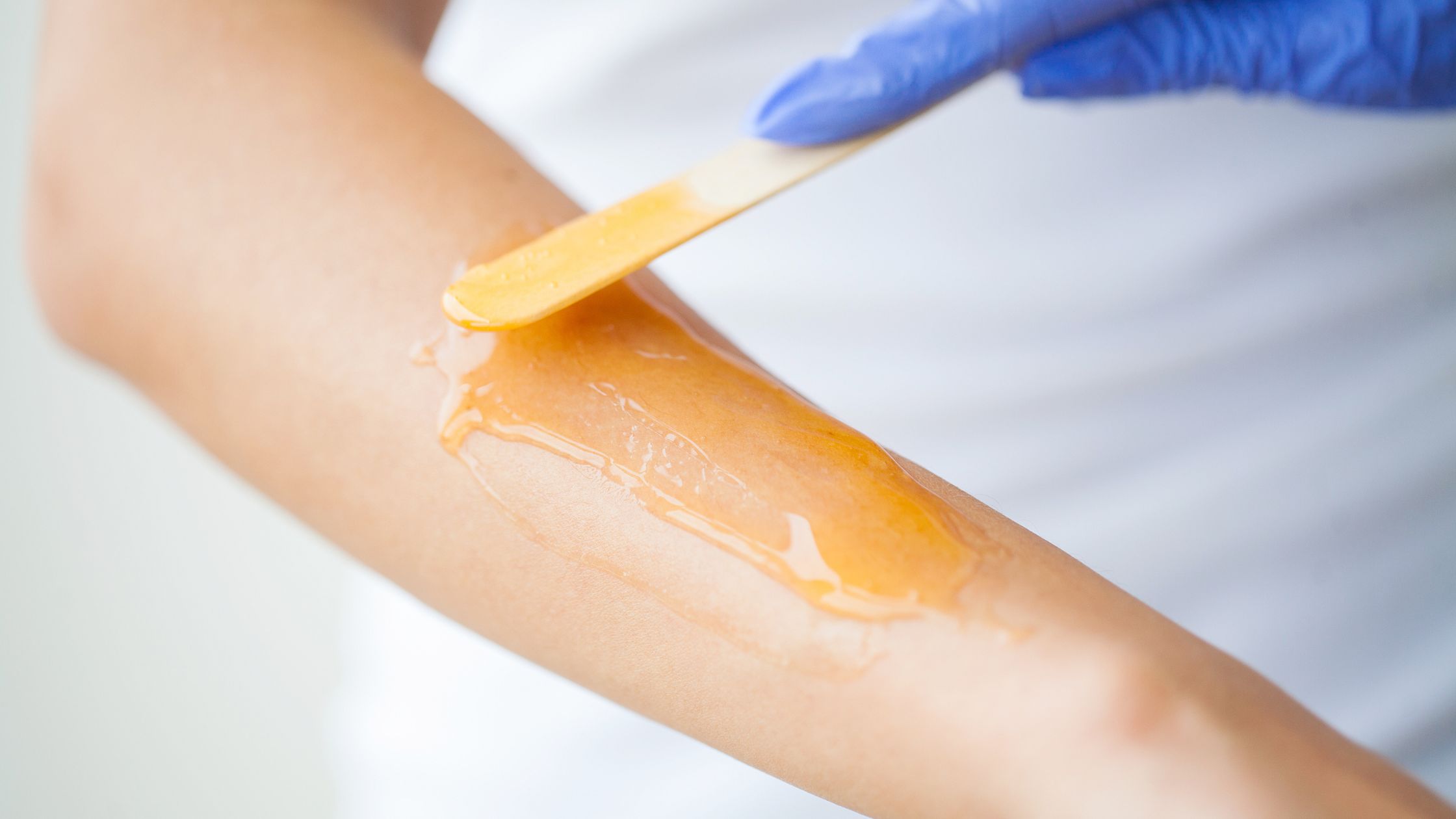Why do you get pregnancy stretch marks?
Did you know that 50% of all pregnant women get striae gravidarum? Before we understand the reasons why these 50% of ladies get pregnancy stretch marks, it is important to understand who is most prone to this condition. If you –
- Became pregnant at a very young age…
- Have Cushing Syndrome or Marfan’s Syndrome…
- Are inclined to gain weight quickly…
- Took corticosteroids during pregnancy…
…then, you are more likely to fall under the wrong half of the equation.
Let us now understand the two major causes of pregnancy stretch marks –
Hormone fluctuation
Changes in hormone levels are quite common during pregnancy. We are not just talking about pregnancy hormones such as Estrogen and Progesterone. Even the hormone cortisol produced by the adrenal glands fluctuates. When cortisol levels increase during pregnancy, the elastic fibers in your skin reduce in strength. This means it becomes incapable of bringing back the skin to its original form once the skin stretches.
Genes
Yes, you read that right! If your mother or grandmother had stretch marks during pregnancy, you are also likely to get it. Stretch marks is one of the conditions that runs across generations. Also, if you experienced stretch marks at a younger age due to a sudden growth spurt, be ready to welcome them once again when you are expecting your baby.
When do pregnancy stretch marks appear?
For most pregnant ladies, stretch marks start appearing during the late second trimester or early third trimester. Initially, it will appear as red or purple scars that might slightly itch. At this stage, pregnancy stretch marks are medically known as striae rubrae. If you detect them at this stage, it is very easy to manage. But once they change into white streaks, medically known as striae albae, they become more difficult to manage. In fact, if you do not take any action for a year after the stretch marks appear, it is very difficult to fade them. This is because stretch marks typically mature after a year.
How to prevent stretch marks during pregnancy?
Since stretch marks depend on hormones and your genes, there isn’t a lot you can do. Also, since stretch marks develop deep within your skin, you can’t manage it with simple topical creams. Thankfully, there are a few tips to prevent stretch marks altogether. However, they work only if you adopt them before your abdomen expands. Apart from that, you need to follow them till delivery. Here are they –
- Moisturize using lotions and creams every day. This will keep your skin moisturized and prevent itchiness.
- Hydrate yourself by drinking lots and lots of water. It will ensure that your skin retains its softness, thereby keeping stretch marks at bay.
- Stay away from caffeine as much as possible. Caffeine is known to elevate the chances of stretch marks appearing.
- Eat a balanced diet replete with fruits, vegetables, nuts, and seeds. The nutrients in them will help your skin combat stretch marks.
What are the treatment options for stretch marks after pregnancy?
In case prevention does not work for stretch marks, there are several treatment options for new moms. Here are the medically approved ones to make them less noticeable –
Laser Treatment
This non-invasive treatment is probably the most effective one against stretch marks. Laser treatment uses light beams at specific wavelengths to repair the skin cells, causing stretch marks. It has been found that pulsed dye lasers are quite effective against striae rubra. Even a nonablative fractional Nd: YAG laser can be considered due to its efficacy and safety.
Microdermabrasion
Microdermabrasion is another non-invasive procedure that works by exfoliating the skin and scraping off the dead skin cells, causing stretch marks. In this, a handheld device is used to spray fine particles on the affected skin. Vacuum pressure is then used to remove all the skin cells from the top layer of the skin. Microdermabrasion has proven to be quite effective in reducing the appearance of early stretch marks. The effectiveness multiples if you combine it with topical PRP treatment.
Microneedling
In this treatment, dermatologists use tiny needles to prick the affected skin. The idea is to stimulate collagen production that will naturally heal the skin affected by stretch marks. Interestingly, microneedling is one of the very few treatments that is effective against late stretch marks. This means even if it has been some time since you noticed the stretch marks, microneedling can reduce its appearance.
Chemical Peel
In chemical peel treatment, we apply certain safe chemicals on your skin to peel off the outer layer of the skin affected by the stretch marks. This, in turn, will promote the formation of new skin cells, ultimately diminishing the appearance of stretch marks. There are three kinds of chemical peels namely light, medium, and deep. Your dermatologist will determine which chemical peel to use after seeing your stretch marks.
Platelet-rich plasma (PRP)
In PRP, which is our last treatment option, dermatologists will collect blood samples from your body and separate out the platelets from it. These platelets are rich in growth hormones. When they are reinjected beneath the skin affected by stretch marks, it triggers your body’s natural repair cycle. Over time, it will improve the appearance of stretch marks.
Final Thoughts
In this article, we have seen a variety of treatment options to minimize the appearance of pregnancy stretch marks. However, remember that not every treatment works for everyone. Only a dermatologist can recommend the right treatment for you based on your skin type and how extensive your stretch marks are. If you are in Bangalore or its vicinity, you can consult Dr. Renu Nair for the best treatments for pregnancy stretch marks. Book an appointment today.







